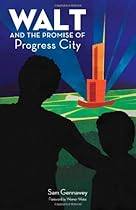 EDITOR’S NOTE: Over the next few months, AllEars.Net will be highlighting exclusive excerpts from Sam Gennawey’s book, Walt and the Promise of Progress City. The book explores the process through which meaningful and functional spaces were created by Walt Disney and his artists, as well as how guests understand and experience those spaces. It also takes a look how Walt wanted to change the public’s expectations about city life in the same way his earlier work had redefined what it meant to watch an animated film or visit an amusement park. In this month’s excerpt, we learn about the signature building blocks that make Disney the innovators in theme park physical design.
EDITOR’S NOTE: Over the next few months, AllEars.Net will be highlighting exclusive excerpts from Sam Gennawey’s book, Walt and the Promise of Progress City. The book explores the process through which meaningful and functional spaces were created by Walt Disney and his artists, as well as how guests understand and experience those spaces. It also takes a look how Walt wanted to change the public’s expectations about city life in the same way his earlier work had redefined what it meant to watch an animated film or visit an amusement park. In this month’s excerpt, we learn about the signature building blocks that make Disney the innovators in theme park physical design.
The Building Blocks of Disney Theme Park Design
by Sam Gennawey
The Berm
At Disneyland, Bill Evans built a 20-foot mound of earth — or berm — that completely surrounds the park. A berm is a narrow ledge or shelf generally made of dirt with the top or bottom of a slope planted with trees and plants to control a view. Along the top edge is a dense layer of plant materials. At Disneyland, the berm is one of the defining physical features; it is what separates the theme park from the rest of the adjacent development and from the world. The use of the berm was adopted from both the Burbank studio and Walt’s home in Holmby Hills. The berm allowed Walt to control the environment, create a more intimate setting, and prevent visual and sound intrusions. Bill Evans taught Walt: “Trees alone won’t do that. It takes about a hundred feet of dense trees to block sound, but you can do that with about 20 feet of earth.”
Referring to the berm at Disneyland, Norman Klein says in The Vatican to Vegas, “Technically a berm was the shoulder of earth that obscured Anaheim from visitors. As a narrative, the berm was the proscenium arch, marking the reassuring boundaries of the scripted space.” The berm created a horizon for many of the vistas within the park. In the 1990s, the Disney Imagineers expanded the definition of the berm so that they could apply it to the stores and other indoor environments. Today, they consider the berm to be “the threshold… isolating the visitor from the street, and inviting a theatrical suspension of disbelief.”
The Wienie
At the end of each pathway that radiates out from the Plaza Hub is what Walt called a “wienie” — typically a strong vertical physical element that functions as a view terminus. Walt observed that people move toward things that are inviting, and, borrowing from silent-era comedy films, he coined the term “wienie” to refer to such things. Why wienie? In The Vatican to Vegas, Norman Klein quipped, “The movie dog jumps on cue because someone wiggles a frankfurter off screen. That is what Walt Disney meant by a wienie.” John Hench defined a wienie as ‘A beckoning hand [that] promises something worthwhile; its friendly beckoning fingers say, ‘Come this way. You’ll have a good time.'” Historian Steven Watts says wienies, “were the large visual attractions in each ‘land’, which caught the eye and drew people along preordained routes so that the crowds flowed smoothly.” Wienies build memories and make for repeat visits. They are the centerpieces of the scripted space.
Virtual Reality
Disneyland is a virtual reality experience of the first order. The Imagineers used cinematic techniques and applied them to three-dimensional spaces. At the time of Disneyland’s design and construction, the movie industry was going through major changes to compete with television. Cinemascope and 3ÂD movies were all the rage.18 Norman Klein said, “The screen that surrounded and invaded and was immersive in scale seemed particularly appealing. It seemed modern, panoramic, wall to wall.” The early Imagineers based many of the Disneyland design considerations on a basic theatrical storytelling tool called the “Elements of Setting.” In the theater and motion pictures, production designers rely on six elements to frame the experience: location, time, historical time, seasonal time, daily time, and weather. John Hench tailored this approach especially for theme parks, saying that designers must focus on form, space, and time — with form being the story you are trying to tell. Hench said, “Disneyland wasn’t really a radical step for Walt because even in the two-dimensional world of motion pictures space is implied. In fact, we used many of the techniques we had learned from the films and applied them to the third dimension. And when we set up a kind of story in our own mind, we would establish an imaginary long shot as if we were taking it with motion pictures.” Karal Ann Marling warned, “The cinematic approach to architecture succeeds or fails with the first establishing shot.”
In Walt’s 1953 proposal for the park, he said, “Like Alice stepping through the Looking Glass, to step through the portals of Disneyland will be like entering another world.” According to Jeff Kurtti in Walt Disney’s Imagineering Legends, “For Walt, Disneyland was a world seen through fantasy, a place of warmth and nostalgia, full of ‘illusion and color and delight.'” Kurtti continues to describe that “quality without a name” by saying, “Walt sought to create a ‘storybook realism,’ an essence of genuineness and authenticity that is more utopian, more romanticized than the actual environments could ever be.”
So it is that each of the lands at Disneyland represents a major cinematic genre of the early 1950s. Main Street, U.S.A. is home. Adventureland is movie exotica. Frontierland brings to life all of the westerns that were on television and in the movies. Fantasyland allows Walt’s animated films to come to life. Tomorrowland is a science fiction portal. John Hench suggested, “To design an enhanced reality we must intensify above all the visual elements of storytelling, creating a vibrant, larger-than-life environment.”
—————–
Interested in Walt and the Promise of Progress City? Order it through the AllEars.Net Amazon store HERE!


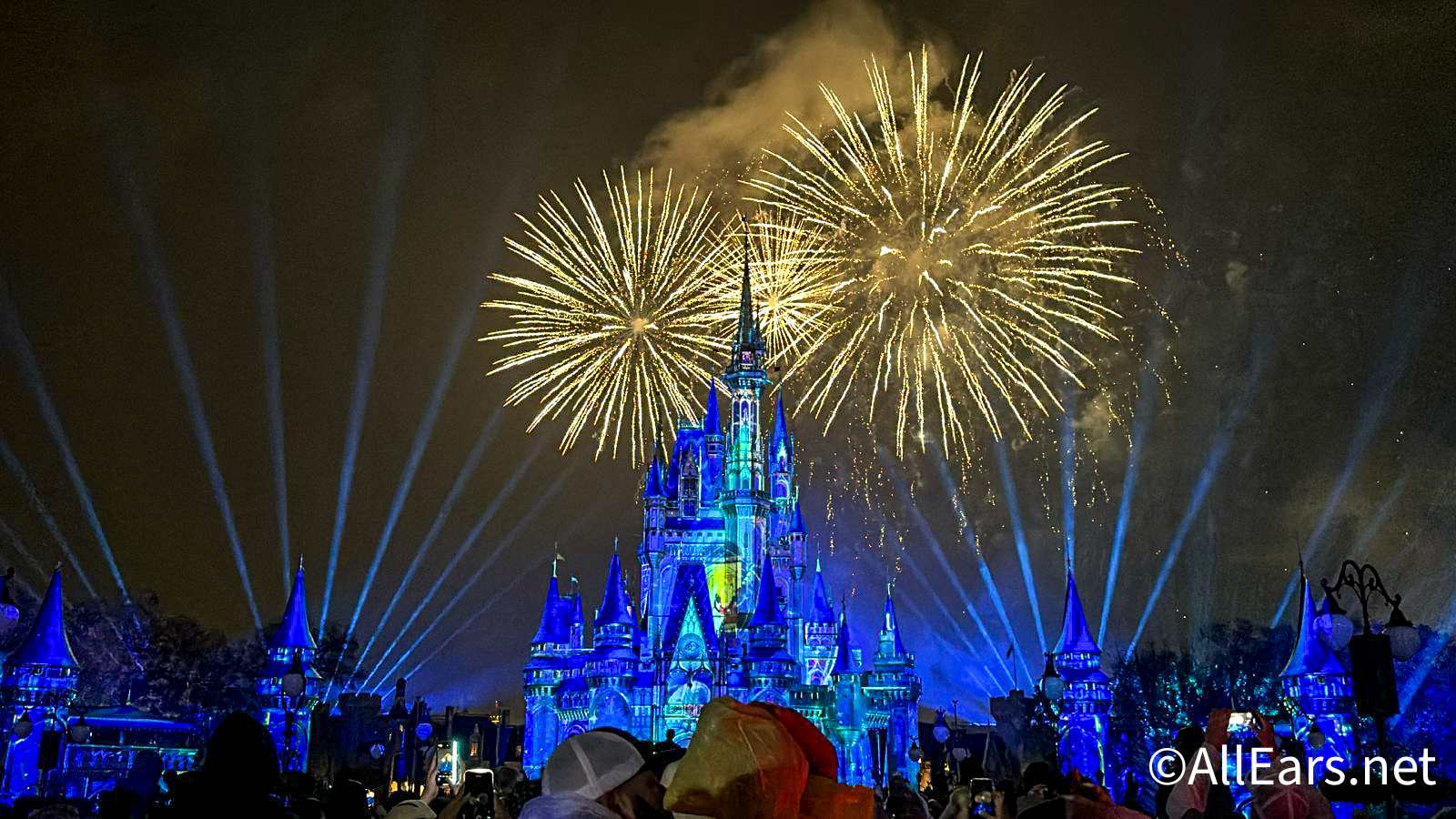
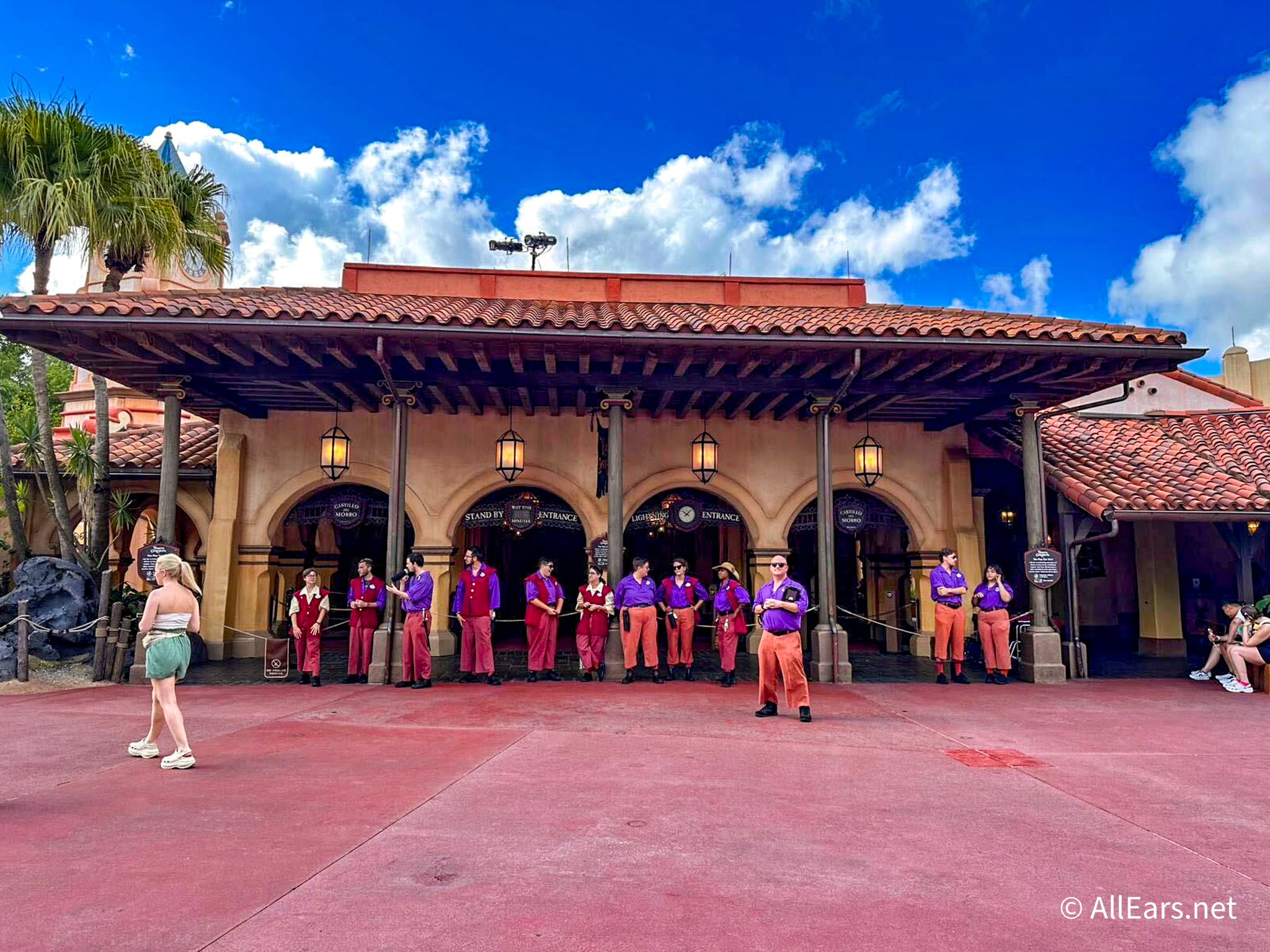
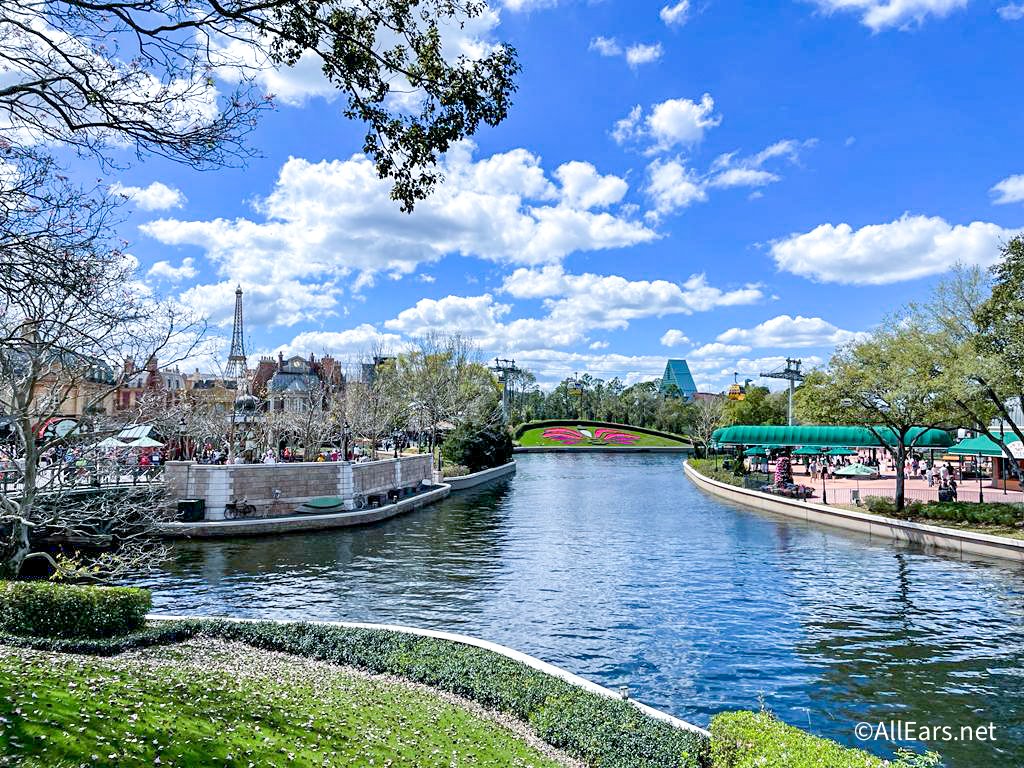
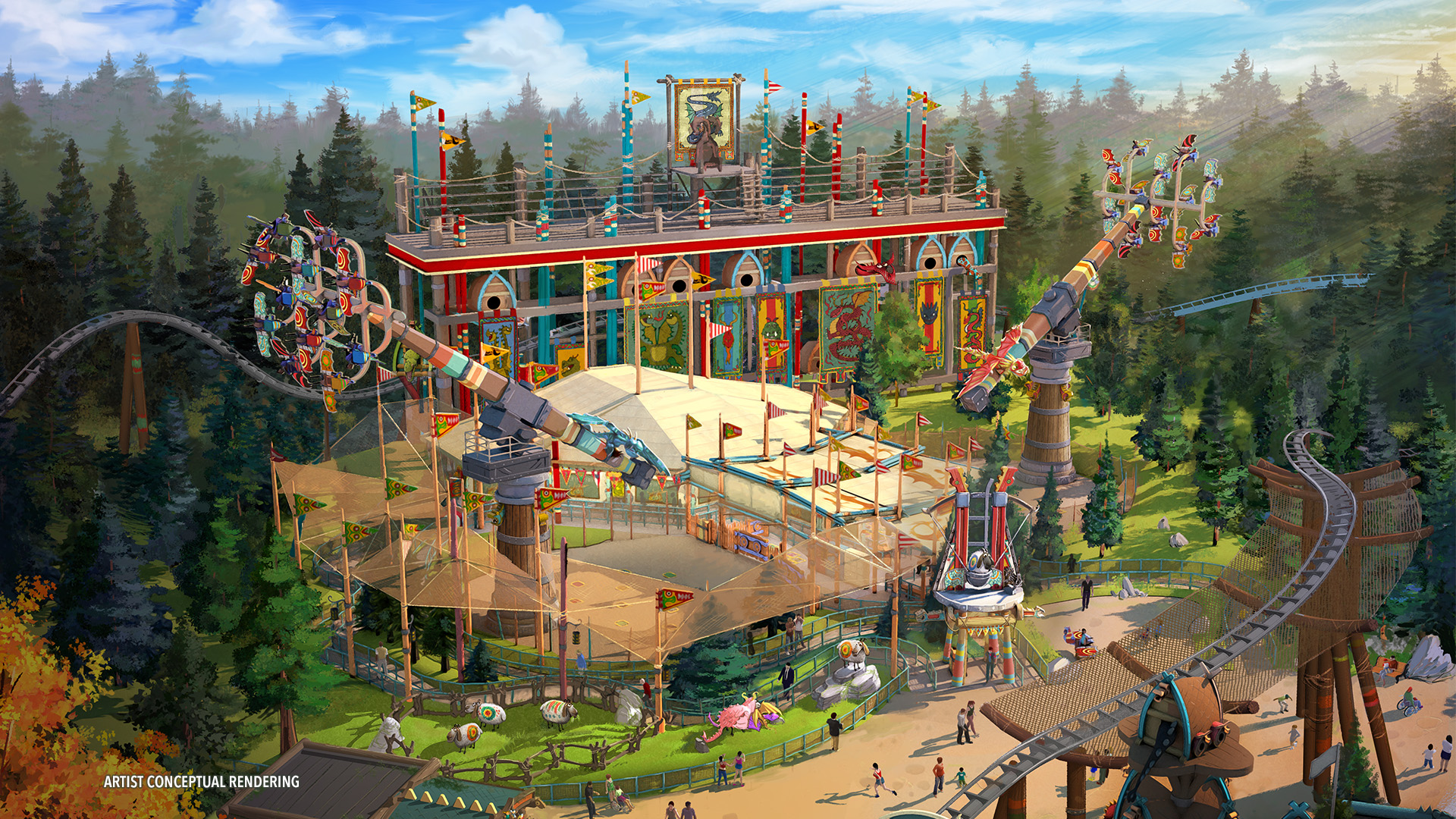
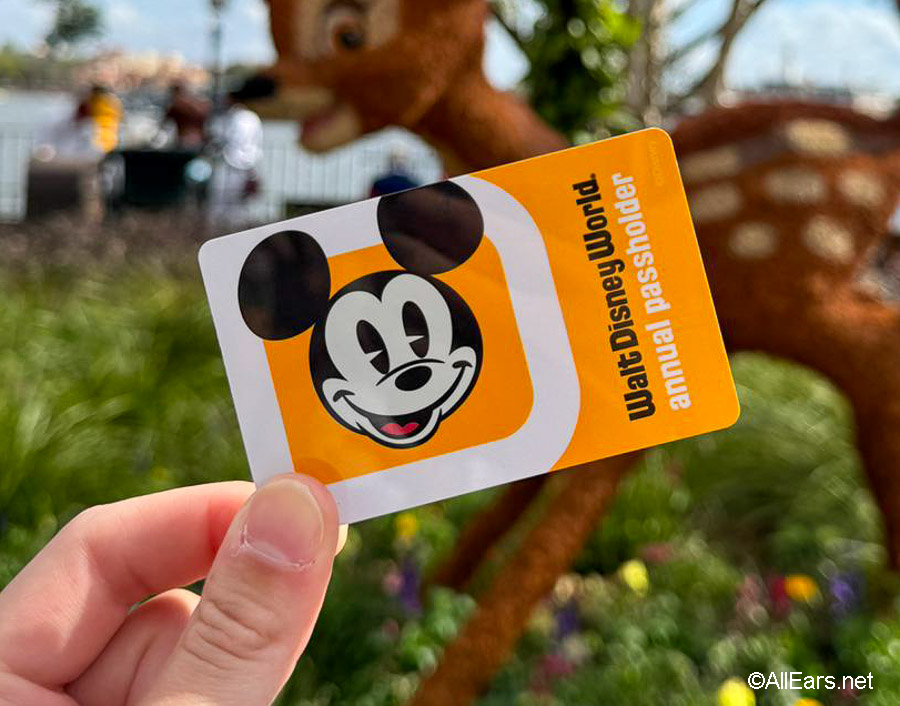

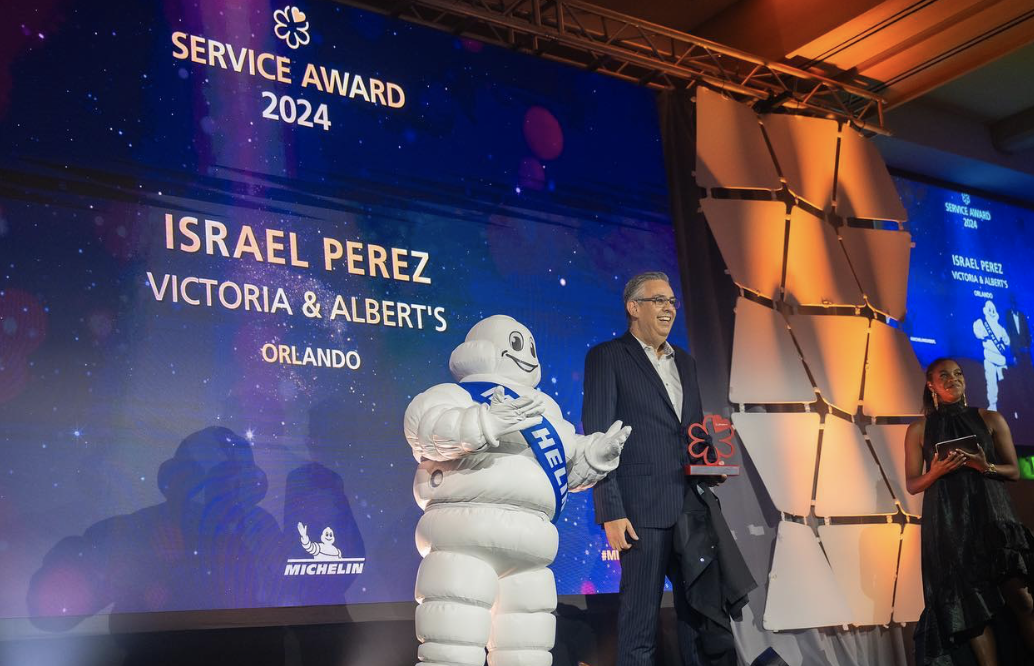
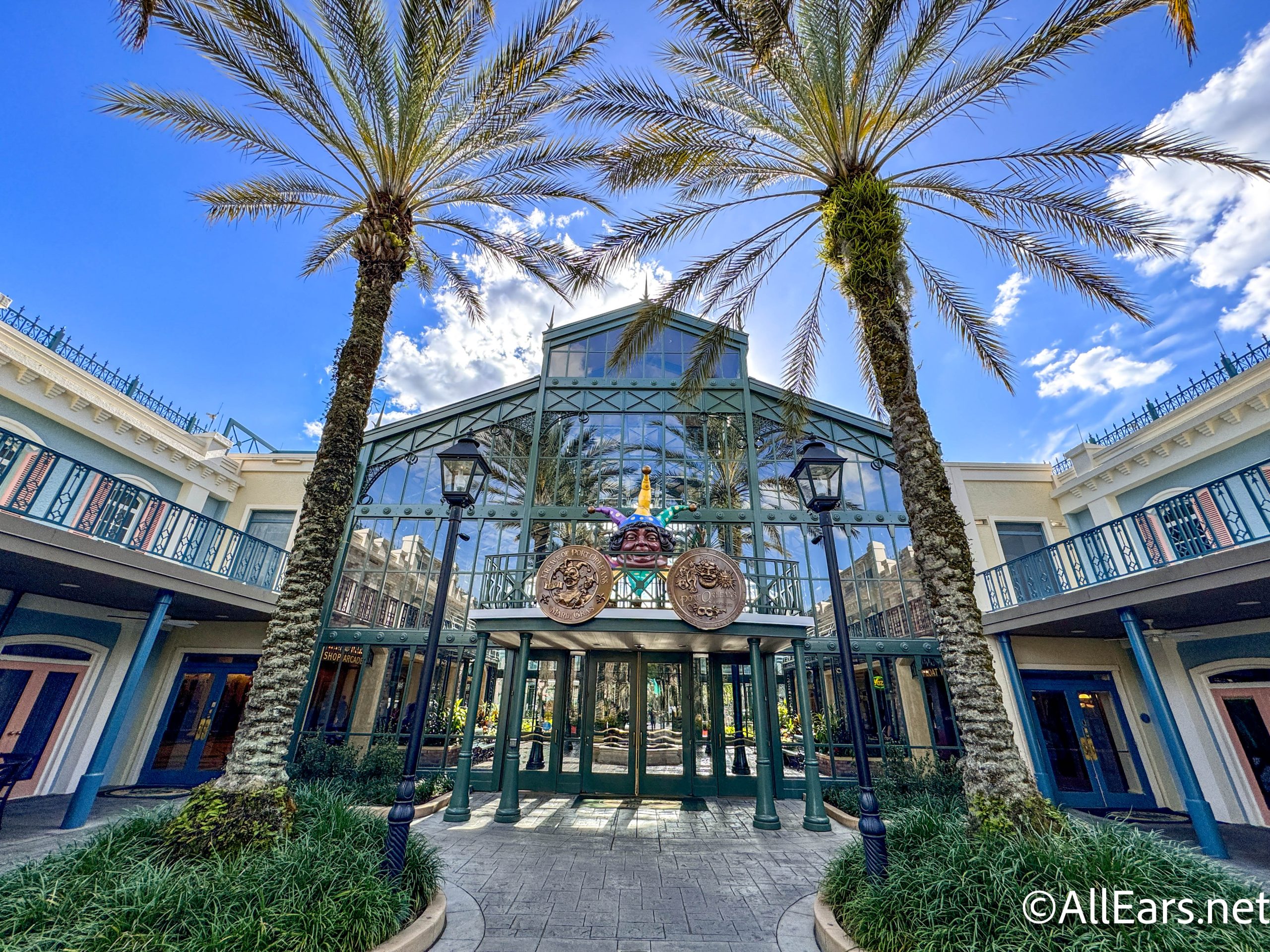


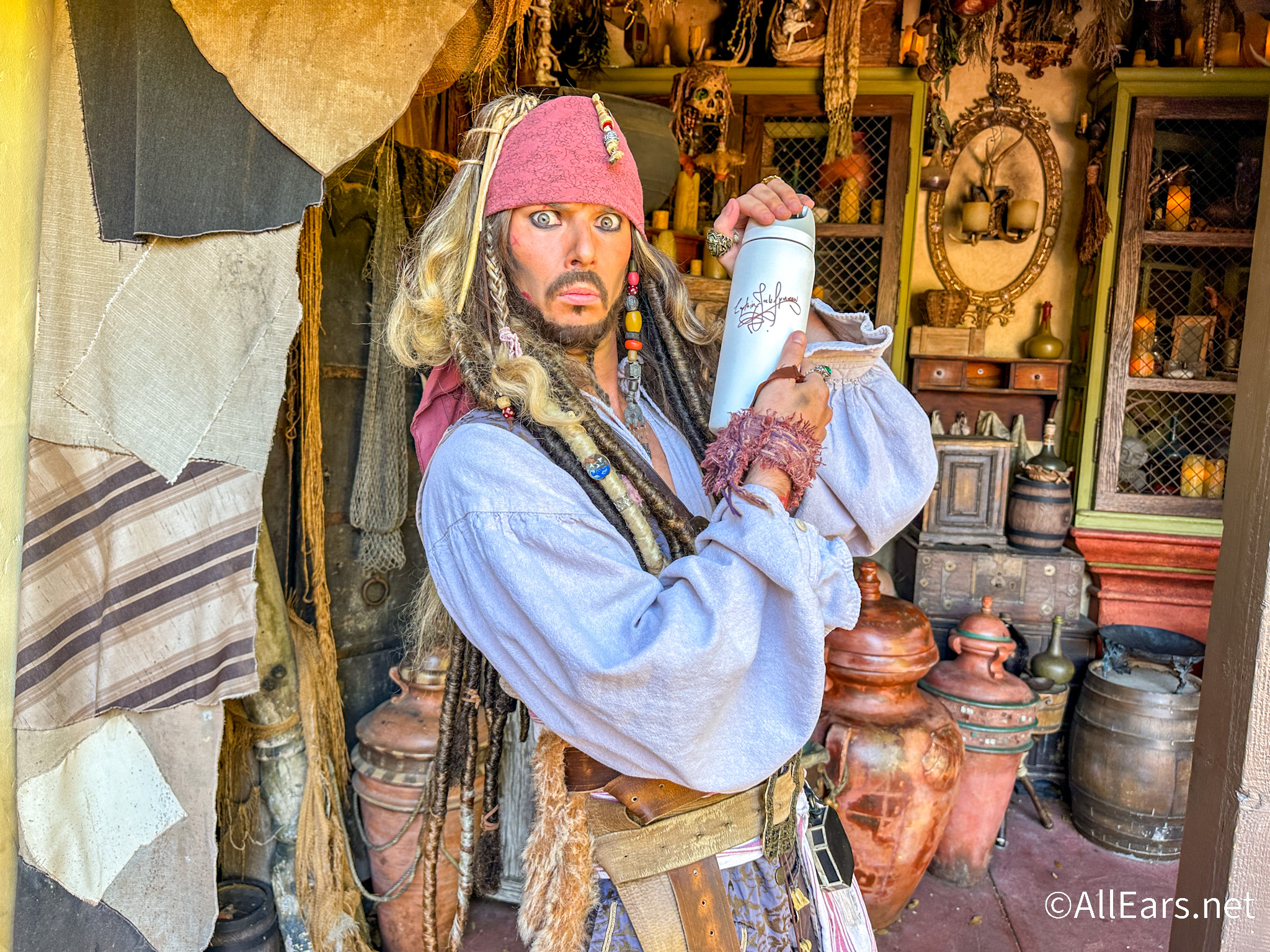
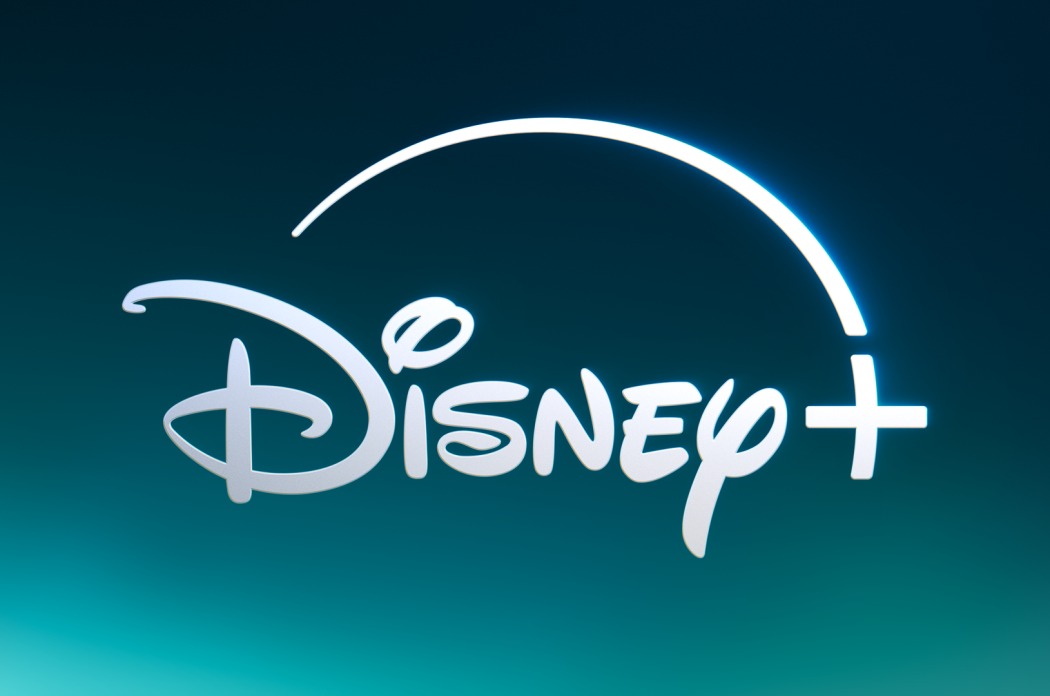



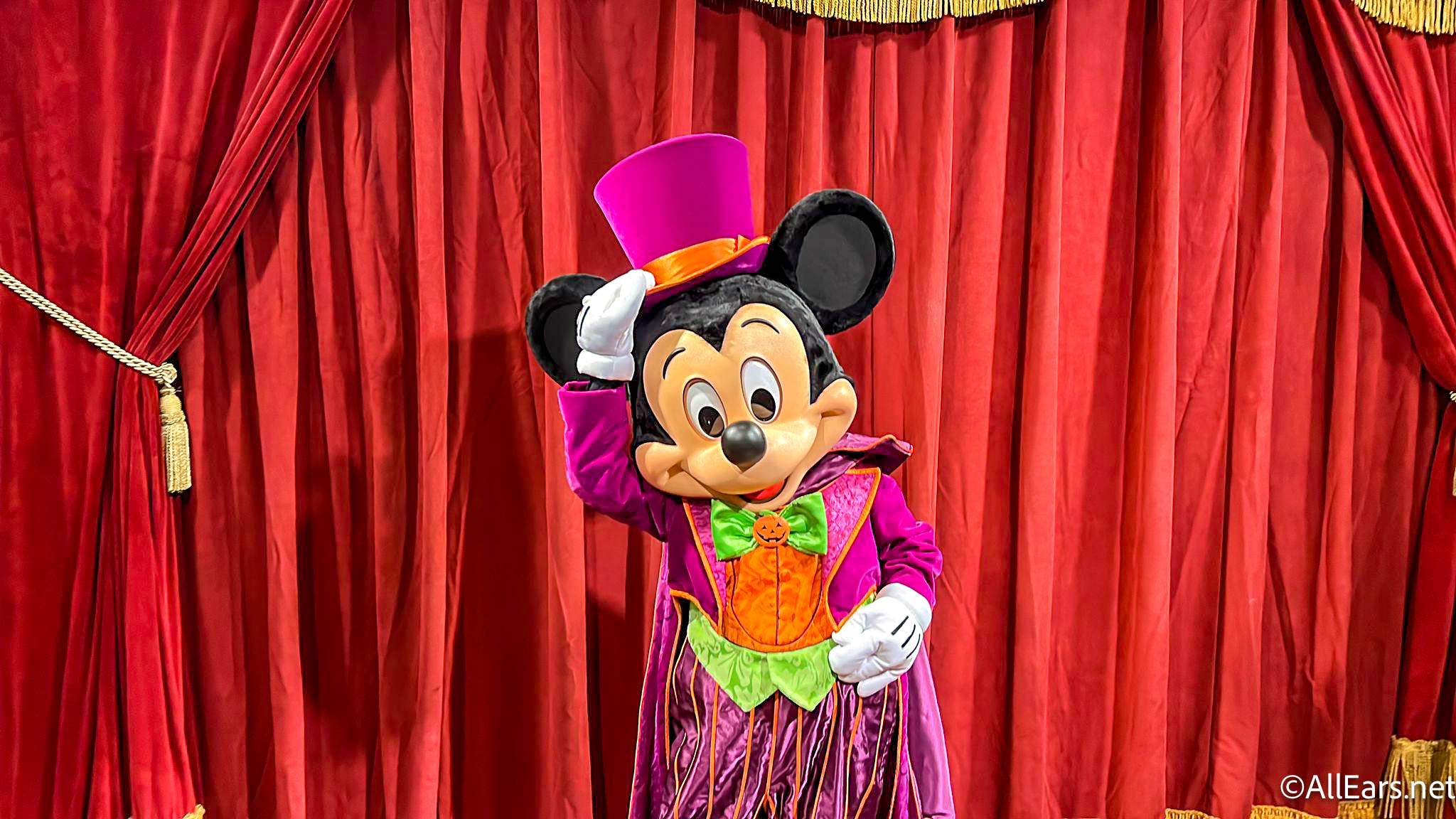


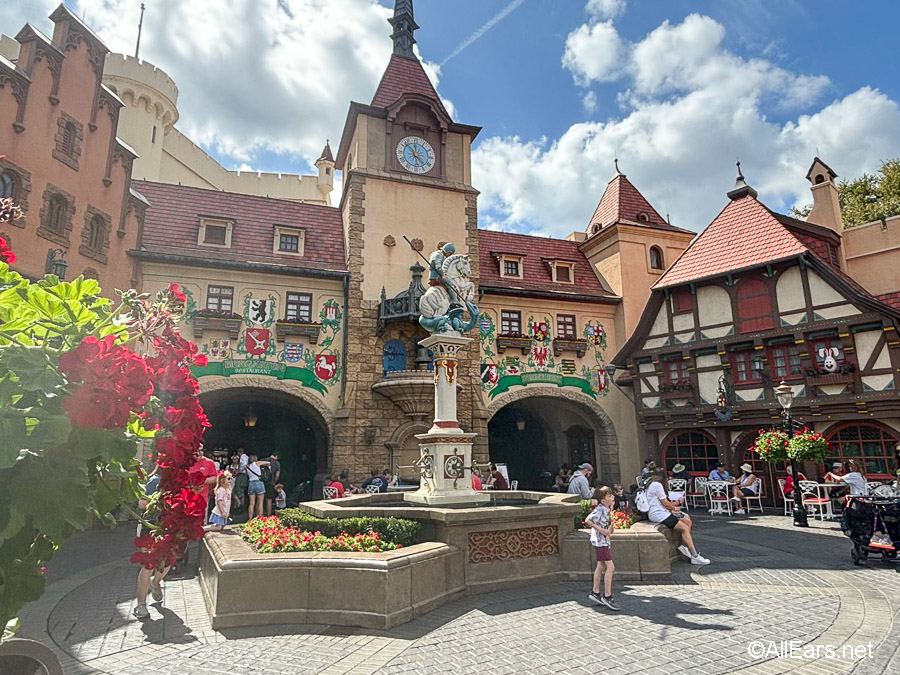

Trending Now
Don't miss out on these super low prices on Amazon for a bunch of cool...
Fireworks are an iconic way to end your Disney World day! But as sunset gets...
See what a Disney EXPERT does when a ride is CLOSED!
We use these seven cheats at Disney World's EPCOT all the time.
Universal just posted a sneak peek at NEW Epic Universe rides!
A Disney World Passholder event is returning soon!
I go to Disney World alone A LOT, and these are the restaurants that never...
Victoria & Albert's at Disney World just received a MICHELIN Star!
This is the BEST Disney World hotel according to our readers, and you can't convince...
People are STILL making these same Disney World mistakes.
Looking for a new Loungefly bag but on a budget? Check out these 7 bags...
We took a trip to Adventureland and found some must-have souvenirs!
The legendary music event, previously exclusive to IMAX, is having its global streaming premiere on...
This once-canceled TV show just got renewed for an eighth season.
Disney World and Disneyland Resort recently announced that they would soon make changes to the Disability Access...
A Disney World water park is closing tomorrow!
If you're planning to visit Magic Kingdom during Halloween season this year, we have one...
With the EPCOT International Food and Wine Festival right around the corner, make sure you...
There will soon be a NEW way to get to Disney World and Universal from...
We've become quite fond of these new (and very popular) bags, which is why we're...